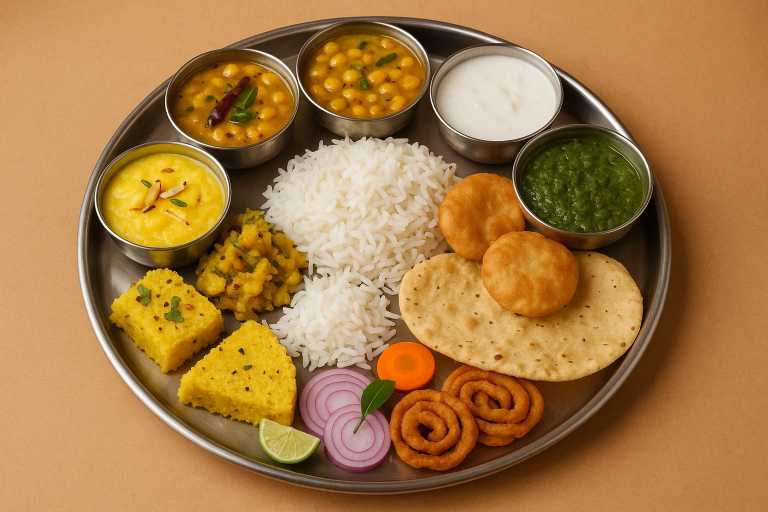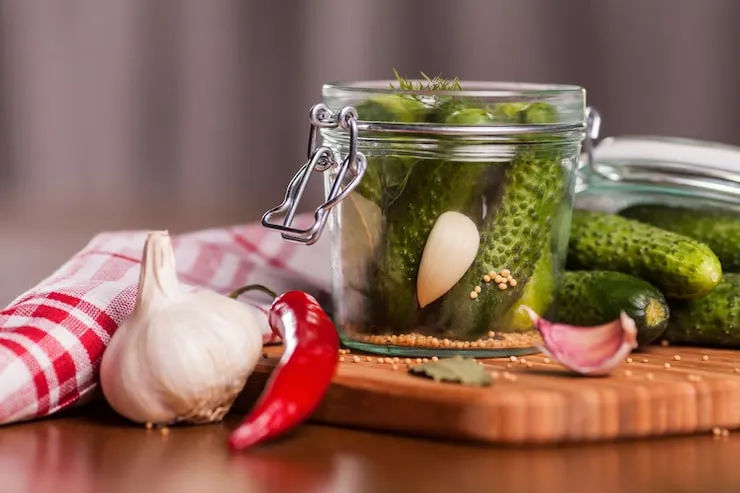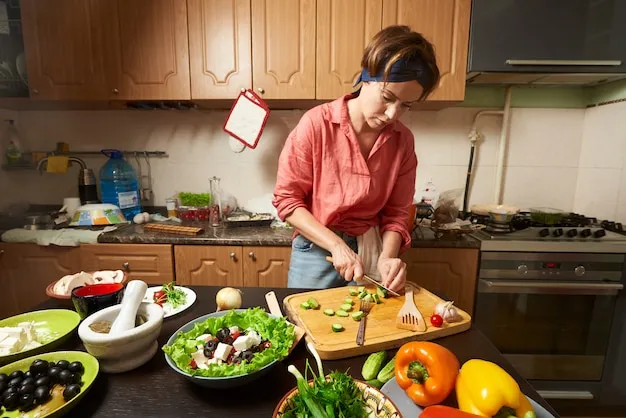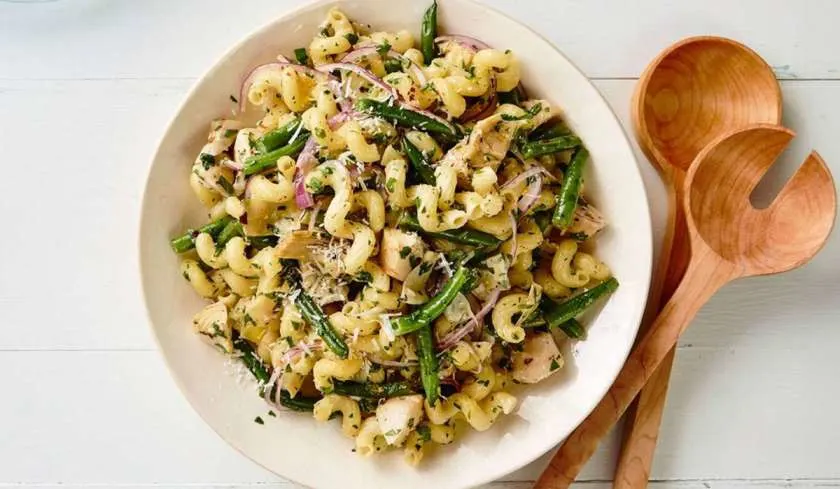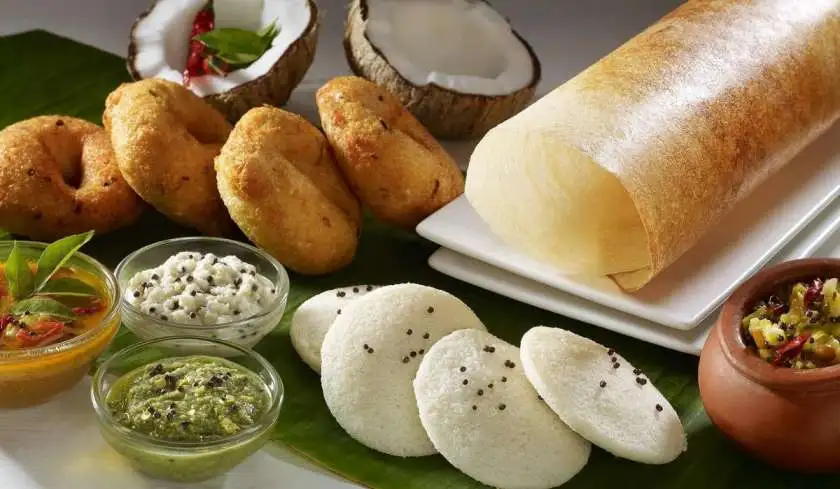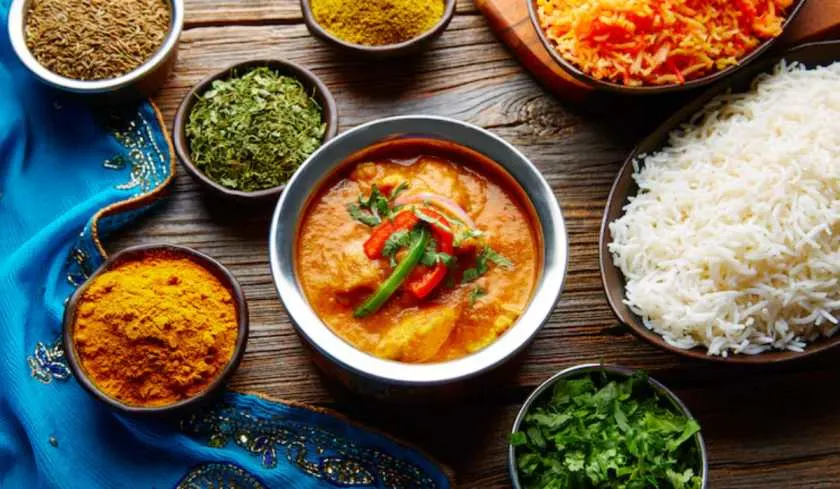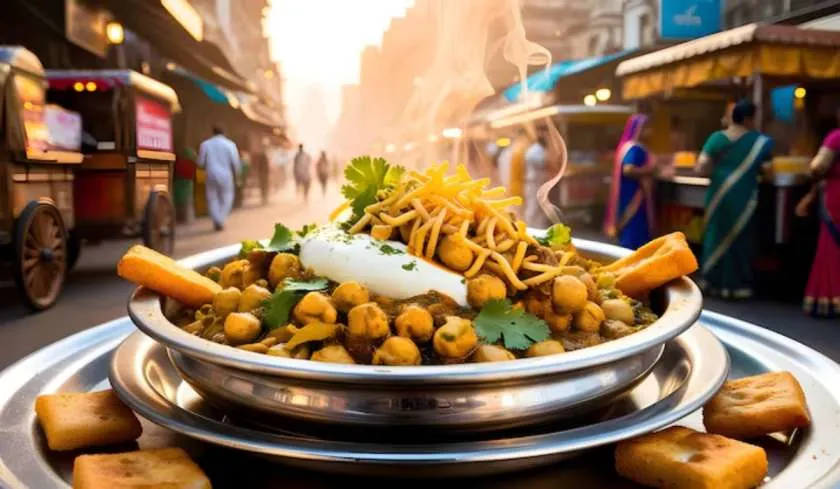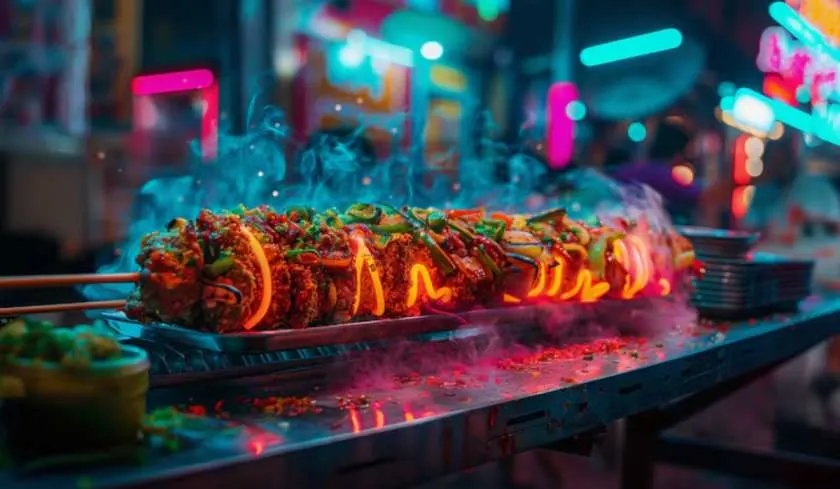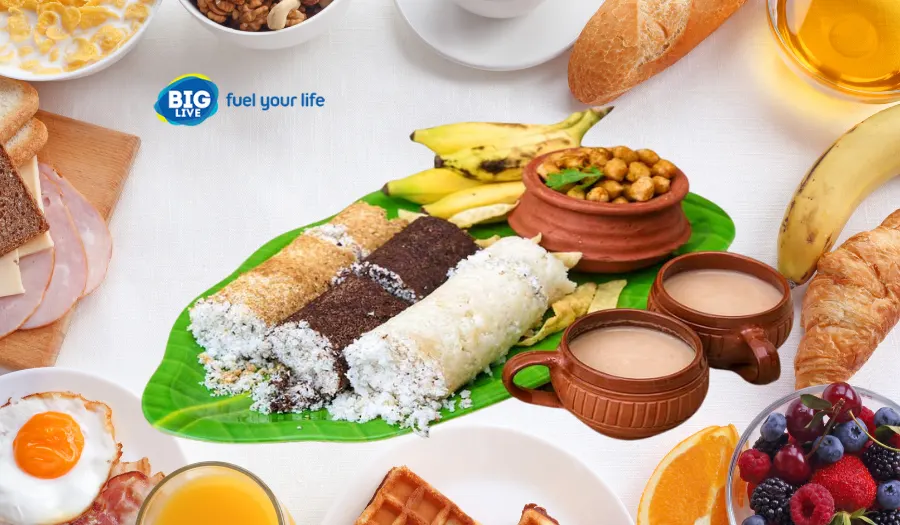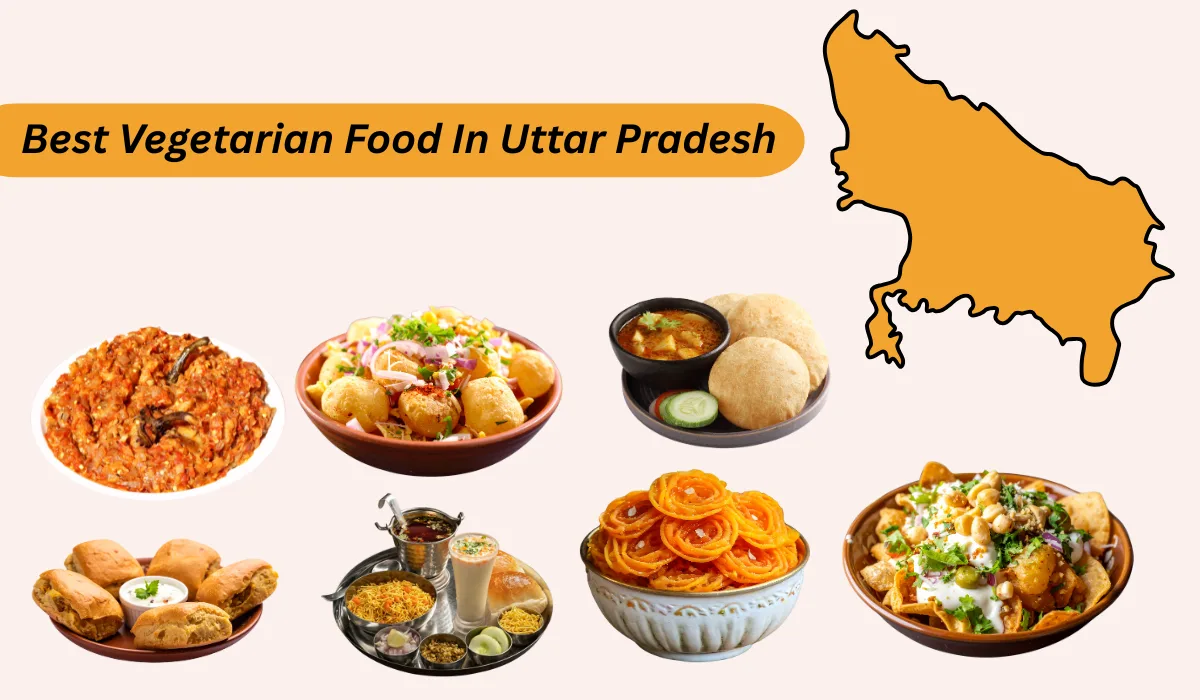When you sit down to a traditional Gujarati thali—or platter—you’re not just eating a meal. You’re holding a piece of history in your hands. A thali is more than food. It’s narrative, ritual, wisdom, and balance, all arranged in little bowls on a round plate. Gujarati food is about harmony: sweet, sour, salty, spicy, and crunchy—all dancing together.
Dhokri, batata nu shaak, dal, kadhi, rotlis or bhakris, rice, farsan, chutneys, salad, and sweets each element plays its part. What you see on the plate reflects Gujarat’s seasons, geography, and life. The thali shows climate sense. Tangy lemon rice or kichadi cools you in summer. Winter gets richer, ghee-based combinations. Coastal areas bring in seafood or coconut notes (depending on family preferences).
Tempering (tadka) is thoughtful mustard seeds, asafoetida, turmeric, and green chilies they calm digestion and add character. Cultural harmony, too: vegetarian staples—moong dal, veggies, and yogurt but pickles and papads bring small heat and salt contrast. Everything’s portioned thoughtfully not a mountain of one item but several small helpings.
Taste every flavor. Switch dishes. Refresh your palate. Breathe in the kitchen stories behind each spoonful. It isn’t fast food. It’s slow hospitality. It requires time: food served in stages, eaten with attention, and finished with paan or fennel seeds. You savor. You digest. You talk. It connects you not just to food, but to family, to memory, to culture.
The Core Components: Dishes That Define the Thali
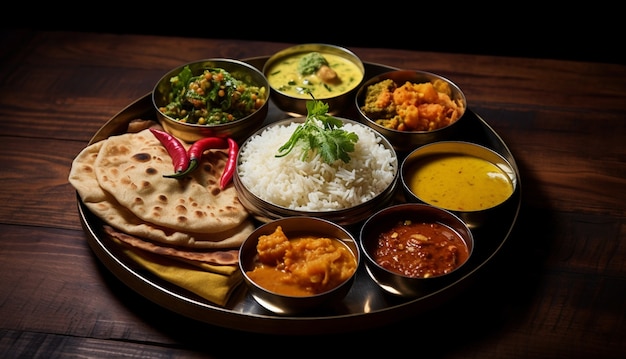
At the center: rice and roti (thin wheat bread). Gujarat’s meals always start with these. Plain rice and soft rotis act as neutral bases for a variety of mains and sides.
Dal—usually moong or toor, cooked mildly, often with jaggery and tomato for balance. A gentle sweetness is her signature. 2. Kadhi—a yogurt-based curry, seasoned with ginger, green chilies, carom seeds, and sometimes garlic or curry leaves; it’s cooling, tangy, and soothing. Many Gujaratis eat both dal and kadhi, dipping in and out for flavor contrast. Vegetable dishes (shaak)—seasonal and regional.
It might be bateta nu shaak (potato-tomato curry with ground peanut temper) or lauki nu shaak, turia, and ghia (ridge gourd). Want crunchy? Try undhiyu (a festive winter mix of vegetables and spices, slow-cooked). For a dry item, add karela (bitter gourd) shaak or kolapuri alu with dry roasted masala.
Each shaak has a story—Kathiawar kitchens often use coconut and garlic; Gujarati north leans milder, leaner. Farsan are savory snacks sprinkled on the thali. Dhokla, khandvi, patra, handvo, or even sev are popular. They break monotony, bring texture, and show a chef’s finesse.
Chutneys and pickles—sweet mango chutney, garlic chutney, green chili pickle—give bursts of flavor. Combine them with farsan or shaak for contrast. Papad and salad (onion, cucumber, and lemon wedges) cleanse the palate. Sweets close the experience: mohanthal, thandai shrikhand, lapsi, or shrikhand with fresh fruits. Dessert is essential—never optional.
Nutrition Meets Philosophy: Why Balance Matters?
Gujarati thali embodies Ayurvedic and common-sense wisdom: balance food and body. Warm and cooling items offset each other. Spicy shaak paired with sweet kadhi, ghee-roti with raw salad, and sautéed vegetables with curd. Digestive spices (asafoetida, cumin, and coriander seeds) are used liberally but moderately to aid digestion.
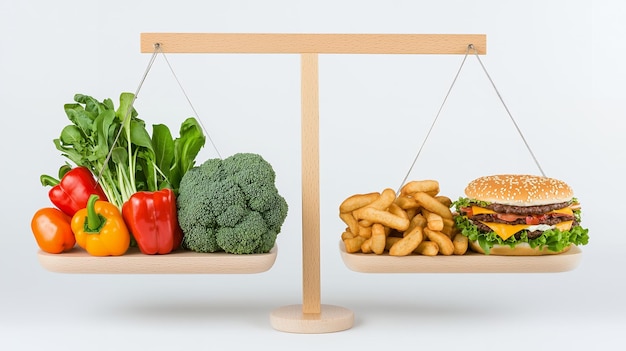
A meal begins light—maybe a spoon of kadhi, a few pieces of dhokla—then moves through veggie curries, dal, rotli, and rice, and ends in sweetness. Hunger is moderated. Digestion is managed. Energy stays stable. It's no accident. It’s deliberate design, shaped over generations. Beyond physiology, it teaches food ethics.
Waste is minimized—leftover rotis become chappatis cut into batter for dhokila or khandvi the next day. Rice that lingers becomes khichdi or fried rice. Vegetables are reused in soups or parathas. Nothing is wasted; everything cycles back. It’s also climate-proof. Gujarat heats up easily. So, dishes are mostly vegetarian, less oily, with lots of lentils, cooling chutneys, and seasonal veggies.
Ghee provides meal strength during cooler months. Farsans are portioned. Sweets measured. Meals aren’t gluttonous but mindful. Eating together is a ritual. Food is served to elders first; children eat afterward, and gossip flows. Thali dinner isn’t hurried. Plates are refilled only once. Conversation and consent matter. You pause between dishes. You cleanse your mouth. Thali teaches awareness—of hunger, of taste, of company.
Regional Flavors: How Thalis Vary Across Gujarat
Not all Gujarati thalis are created equal. Coastal Saurashtra thali often features coconut, sesame paste, fish curries for non-vegetarians, and garlic-heavy tempering. Surat thali leans sweet and tangy—mango pulp, figs, sugar, and lemon zest. North Gujarat? Mild, hearty lentils; tribal lentil dishes like khakhra nu shaak; or simple onion-cucumber salad.
Kathiyawad loves bold spice—lots of red chili, garlic, dry shaak—and heavy snacks like methi fritters and garlic chutney. In Charotar (central Gujarat), meals use lots of milk, green peas, and sweeteners. Restaurants in Ahmedabad mix tradition and trend—plus thali and buffet concepts—but largely Gujarati items. Festive thali? Now that's poetry.
Uttarayan thali brings undhiyu, puris, shrikhand, dal, farsan variety, and razor-thin flour lattices called mathiya. Dussehra becomes fafda and jalebi central; Diwali gets mohanthal, chakli, and laddoos; and Navratri gets seasonal sharbat and sweets. During weddings you may get twenty-plus dishes—some sweet, some savory—arranged in ritual order.
Simple family kitchens vary too—Sunday lunches bring extra items: kadhi-khichdi, kesar shrikhand, and farsan sampler. A village thali might serve bajra roti or jowar rotali instead of plain wheat roti. Tribal belts may include millet, local greens, and smoked lentils for flavor. What remains constant? Balance. Simplicity. Clean flavors that reflect region, season, and family custom.
Beyond Food: The Thali as a Cultural Statement
Serving a Gujarati thali is hospitality in action. It says, You matter. We have taken care of everything: taste, digestion, color, and comfort. Each set of bowls is arranged thoughtfully—starting with lighter items and building toward richness. Even the plate layout tells a story: rotli and rice in the center, dal and kadhi in front, shaak on the sides, farsan at the top, and chutneys and sweets to finish.
In modern times—food courts, fast meals, gourmet fusion—the thali stands firm. It’s slow. It’s mindful. It’s comprehensive. A thali dinner requires time; you don’t rush it. You let flavors settle. You talk. You laugh. You pause. For Gujaratis, the thali connects generations. Grandparents see the same flavor through different bowls. Children learn to love textures and modest portions.
In weddings, serving a thali to guests shows dignity and pride. It’s not crepe-thin or Instagram tiny bowls—the portions are generous but proportioned. It also teaches respect—for ingredients, for effort, and for seasons. It reminds people that balance, even in food, builds longevity.
A Gujarati thali strolls the line between indulgence and nourishment. After a long day, it doesn’t leave you bloated, just content. In an age of individual plates and “fast food for friends,” the thali is collective. It’s shareable. It’s familial. Eating isn’t just consumption—it’s conversation, comfort, and connection. And every bowl on the thali becomes a piece of narrative—of home, harvest, culture, and cuisine.



